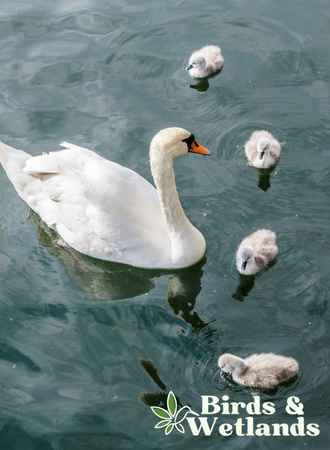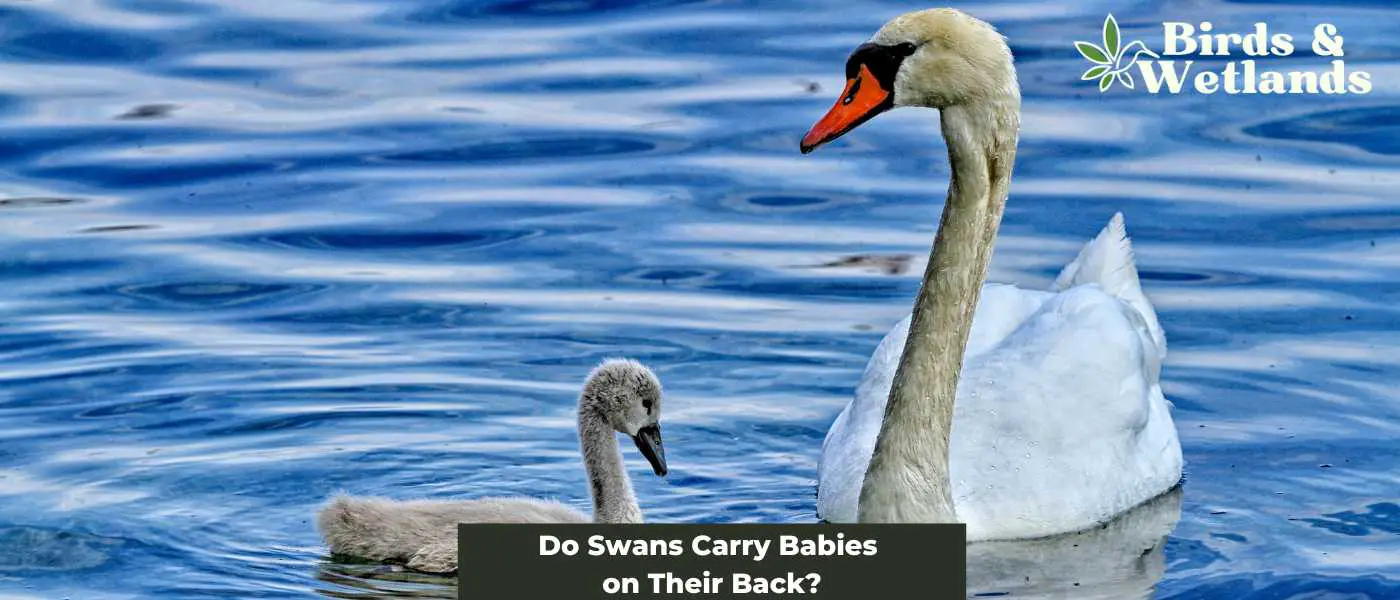Carrying babies on their backs is a common behavior among many animals in the animal kingdom. It is seen in various species, such as primates, marsupials, and birds.
Baby Swans, also called cygnets, are precocial, meaning they are born fully feathered and capable of moving around independently. They are known to climb on their parents’ backs for protection and transportation.
This behavior is seen in swans and other waterfowl, such as ducks and geese. It is common to see a parent swan swimming with its cygnets perched on its back.
Key Takeaways on Do Swan Parents Carry Babies on Their Backs
- Young birds huddle together under one wing for safety, and they continue to do this even when they are grown and can take care of themselves. This behavior helps protect them from predators and bad weather.
- Parent swans take care of their young once cygnets hatched.
- Swans carry their babies on their backs when swimming but never while flying.
How do adult swans carry their babies?
Adult swans take care of their babies from the first day. They carry the five or six cygnets on their backs and keep them close to their feathers. Sometimes, they even hold the babies in their beaks.
Both male and female swans take turns watching over the babies. The male swan guards the whole family when they are out of the water and ensures they don’t go too far away. The female swan stays farther away to look for dangers.
If the members of the swan family are separated, they stay connected by making noise or swimming close to each other.
Even though they watch the young swans all the time, parent swans still let the cygnets explore and show them where it is safe to go and what to avoid.
Carrying babies on the backs is not common in the swans. It is rare for black swan parents to carry their young.

Do baby swans ride on their mothers back?
Yes, baby swans ride on their mothers’ backs. This behavior is called “back riding.” The mother swan, or pen, uses her feathers to keep the cygnets warm and safe while they are on her back.
Carrying young swans on the back allows the cygnets to conserve energy and stay warm and close to their mother for protection.
Back riding is also a way for the cygnets to learn from their mother and follow her lead. For example, they will learn to swim and feed by watching and imitating their mother.
During the hatching process, cygnets absorb a good amount of their egg’s yolk so they are born ready to explore their surroundings. They are covered with grayish down feathers. Some cygnets will start swimming once they are no longer recovering from the hatching process, which is usually on the second night.
Do swans carry babies on their back while flying?
Swans do not carry their babies on their backs while flying. The only time that parent swans have cygnets on their backs is when they are resting or swimming idly in the pond or lake.
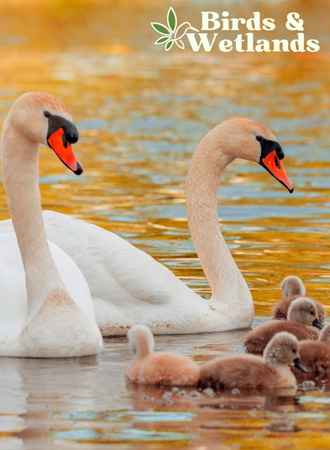
Do swans keep their babies under their wings?
Even though baby swans are born precocial, they still need the protection and guidance of their parents. At sleep time, parent swans will gather their babies under their wings and keep them safe throughout the night. This behavior keeps predators at bay while providing warmth and security for both parent and offspring.
The baby swans are sheltered from external threats until early morning, when their parents become more active again. During this time, the baby swans can rest peacefully without worrying about danger outside.
How do swans protect their babies?
Swans are extremely protective of their young ones during or after the breeding season, often sacrificing themselves if necessary to protect them from harm. They protect young birds and nest site in various ways.
One way is through aggressive behavior towards potential predators. Adult birds will fiercely defend their nest and cygnets from animals such as coyotes, foxes, and even birds of prey. They will chase and attack any animal that is too close to the nest or cygnets.
Another way swans protect their babies is through camouflage. The swans’ nests are often built in marshy areas with tall grasses and reeds.
The cygnets are born with a downy gray plumage that helps them blend in with their surroundings, making them harder for predators to spot.
During its first day, the cygnet generally rests on its mother’s abdomen or inside her slightly outstretched wings. On the second day, most parents take their brood swimming and foraging.
Swans also protect their babies by staying close to them. Adult swans will closely watch the cygnets, often swimming or flying nearby to keep them safe. They will also lead their cygnets to deeper waters when they are big enough to swim, as it is harder for predators to reach them there.
Occasionally, bonded pair of swans also provide emotional support for their babies by maintaining strong bonds with each other. The act of sleeping side by side with each bird serves as a reminder that they’re not alone and have someone there to care for them and look out for their safety when necessary.
Baby swans rely on this bond between parent and young even after they’ve grown old enough to swim on their own in the water during nighttime. The same behaviors that help keep them safe in the first weeks of life remain even years later.
Some juvenile swans mature enough to find food and survive on their own without fear of attack from predators or harm from natural elements such as weather changes or extreme temperature shifts stay connected with their family.
Once young swans are fully fledged, which usually takes place four or five months (some cygnets can take six months) from hatching or in late autumn, they are driven out of their parents’ nest.
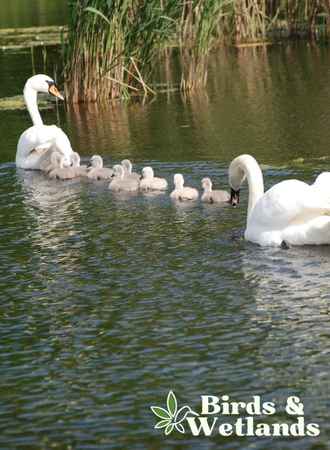
Related Questions on Baby Swan
What is a baby swan called?
A baby swan is called a cygnet.
Do both swan sexes incubate?
Yes, both male and female swans participate in incubation. Incubation is the process of keeping eggs warm to hatch them. In most swan species, adults will take turns sitting on the nest to incubate the eggs.
Once females lay eggs in either early April or early June or late April to early May, both mother and father will typically take turns every one to two days.
For example, in mute swans, the female mute swan will incubate the eggs during the day, and the male will take over at night. Taking turns incubating the eggs helps ensure that the eggs are kept at a consistent temperature and are protected from potential predators.
It’s important to note that not all swan species exhibit this behavior. Other swans, like black swans, the females do all the incubation, and the males protect the nest and the females.
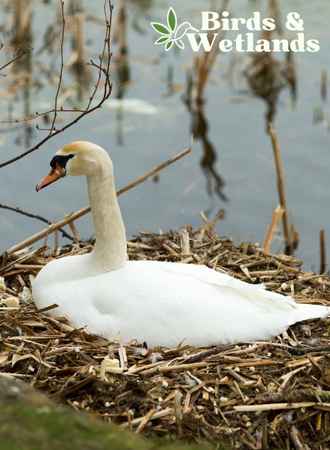
Do white cygnets exist?
Cygnets hatch with white plumage are called “Polish swans”.
